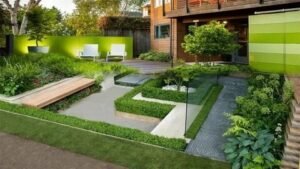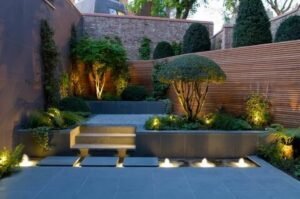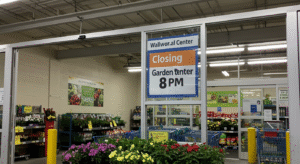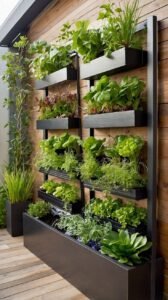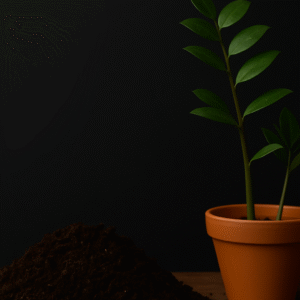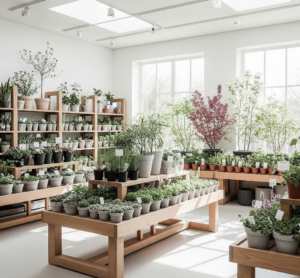How To Design A Garden

design garden
Gardening goes beyond planting flowers; it requires an artful blend of creativity and utility. Grounds are turned into gardens and sanctuaries by well-designed gardens, a place where nature beautifully integrates with intention. Understanding the intricacies of garden design will enable you to set the foundation for success, whether dreaming of a vibrant social hub or a serene retreat. This guide takes you through the step-by-step process of evaluating space and purpose before selecting the plants and hardscape elements you wish to utilize as we explore why planting is deemed the ‘secret ingredient’ to a flourishing garden.
Analyzing Your Area
Every splendid garden starts with analyzing. Step back and take note of your area’s dimensions, contours, and physical features. The journey of the sun, particularly its path, has a significant impact on the selection and arrangement of the plants. As mentioned, some plants do better under full sunlight, while others require partial light to prosper. The soil composition also dictates what will grow best; some gardens boast rich, loamy soil, while others need help with drainage or fertility. If your garden becomes waterlogged, constructing raised beds or gravel paths can alleviate the problem. Think about the direction of the wind throughout your area. Low hedges or trellises can adequately protect sensitive specimens in a windy region. In the case of small gardens, vertical features such as wall planters and trellises increase the amount of space available for planting in an uncluttered manner. On the other hand, open landscapes require structured zoning to compartmentalize broad areas, so planting is deemed to be expanded into smaller, more intimate, and usable functional regions.
Choosing a Garden Style
Picking out the style of your garden should correspond with the style of your home and fit your personal preference. For example, a modern garden would focus on symmetry and clean lines, with a curated selection of sculptural foliage and evergreens. If you seek something more nostalgic, a cottage-style garden bursts with wildflowers and fragrant herbs, winding stone paths, and evokes a sense of charming nostalgia. In Japanese gardens, tranquility is the main focus. Incorporating natural rock formations, water features, and pruning greenery provides a beautifully meditative space. No matter the choice, his design element should flow with the home’s architecture. For example, a sleek contemporary house would pair well with minimalist landscaping and geometric arrangements of plants, while a rustic home would benefit from vibrant greenery and soft paths. Regardless, the beauty of garden design lies in personalization, be it a secret reading nook, a koi pond, or a collection of chosen perennials.

Organizing The Layout Resort
A beautiful garden remains functional, which is how the layout must be organized. Picture your garden as a zone: A flowery area for seasonal floras and somewhere to sit and rest while all interacting with distinctly delineated paths. Making a rough design sketch on paper or using tools like SketchUp and SmartDraw to aid innovation greatly helps visualize the interaction of elements in a garden. Anchors focus and draw the eye, in addition to serving as the focal point of the design. Focal points may be a grand old tree, a striking sculpture, or an ornamental fountain. Keep in mind natural pathways and broad spaces free of unnaturally rigid lines while ensuring comfort and easy movement. Movement in the area should feel organic. Topics like asymmetry, formal gardens, and informal gardens add flowing elements to the backspace furnishing of a garden. No matter what combination you choose, layering plants will add various dimensions in depth.
Selecting Wisely
Plant selection has to be one of the most thrilling yet daunting features of planning a garden. Use plants that correspond to the climate and maintenance level of the garden. Perennials usually need minimal maintenance, while annuals have to be replanted frequently but provide seasonal beauty simultaneously. Combine both for an evolving garden that changes with time. Staging or layering plants increases structure and aesthetic appeal to the garden. Ornamental grasses and small trees are the upper layer, while mid-sized flowers and shrubs are the middle layer. Ground cover plants like creeping thyme or sedum soften the edges and help prevent soil erosion while adding greenery. For a garden to be fully functional, it should be able to capture eyes in all seasons. Evergreen plants provide the structure in winter, spring bulbs alongside summer perennials, and autumn foliage help maintain the charm throughout the year. Movement and intrigue in the landscape can be caused by mixing various foliage textures, such as broad leaves, delicate petals, and feathery fronds.
Incorporating Hardscape Features
When it comes to a garden, it is more than just the plants; hardscape features provide order and purpose. Pathways can be made from natural stone, brick, or gravel for movement, while each offers a unique aesthetic. For dining and lounging, patios serve as extensions of the indoors. Water features, be it a calm pond, bubbling fountain, or sleek, modern water wall, add a relaxing atmosphere. While choosing materials, please consider how they will change the environment and their durability. Wood gives off rustic appeal and warmth but does need upkeep. Metal accents, including wrought iron benches or corten steel planters, lend an industrial feel. The natural stone helps in blending with the surroundings for an organic feel. Balance of hardscape features with greenery is critical to space.
Lighting & Accessories
Lighting brings the garden to life by providing a soft ambiance while keeping it secure with further enhancements. Eco-friendly solar-powered fixtures transform sunlight into illuminating magic during the night. They also soften warm lights strung around tree branches and pathways, creating a mystical atmosphere during the evening. Furthermore, spotlights highlighting architectural ponds, water features, and plants can add depth and drama to any setting. Accessories such as bird feeders and wind chimes offer a splash of charm and move seamlessly with the elements while adding personality. Practical items like decorative pots are now becoming design statements, transforming even the most mundane companion in sight into a captivating centerpiece. The ideal approach would be to examine how different times of the day would let shadows play across surfaces and combine that with thoughtful lighting and landscaping to boost the entire garden’s impact.
Sustainability & Maintenance
Maintaining a breathtaking garden will also require substantial attention. Compost helps enrich the soil naturally and lowers dependency on municipal water. Rainwater collection systems assist in helping achieve this sustainably through eco-friendly gardening. While lavender, sedum, and ornamental grasses are all drought-tolerant plants that can help achieve a more eco-friendly garden, they can also serve as motives and strive for sustainable gardening. An effortless way to maintain a garden is by incorporating native plants that need minimal support to survive in the area. They will flourish readily with intervention. By reducing the need to replace soil with fresh ones constantly, mulching can maintain soil quality and moisture and even eliminate weeds. Regular cleaning, pruning, and seasonal checkups paired with set cleanup schedules for fertilizer will guarantee the garden stays vibrant and healthy throughout the year.
Conclusion
Sustainable gardening is a joyful undertaking that combines art, planning, and the cycles of nature. Knowing your space, selecting a style that resonates with you, and meticulously planning a layout allows your garden to turn into an oasis that changes gracefully with time. From large backyards to small courtyard gardens, thoughtful design approaches create places of personal solace. Go for a stroll, grab a sketchpad, and think about how you want your dream landscape to look.

